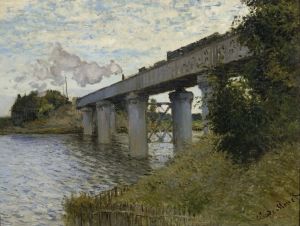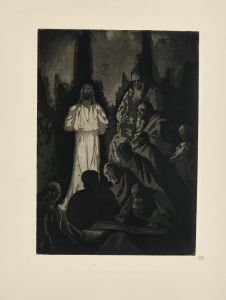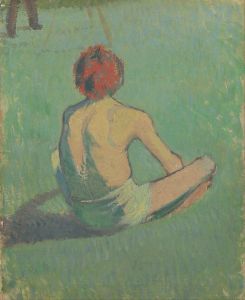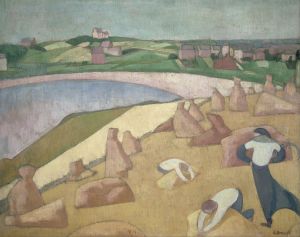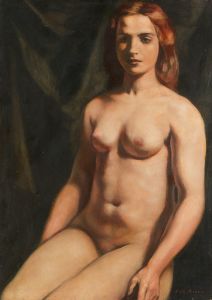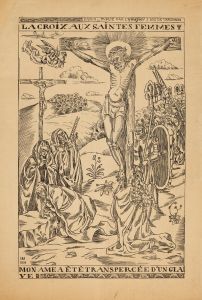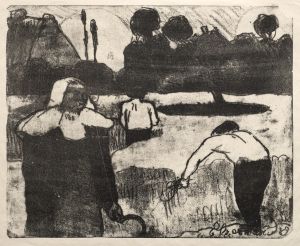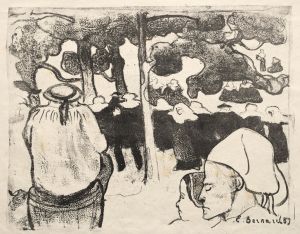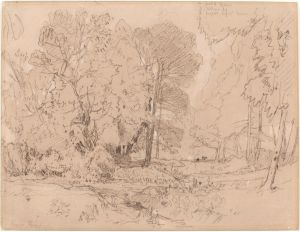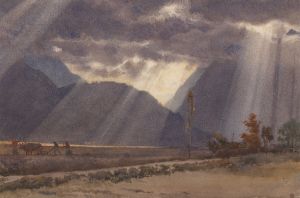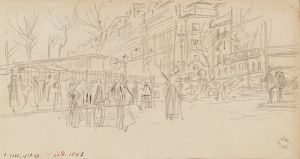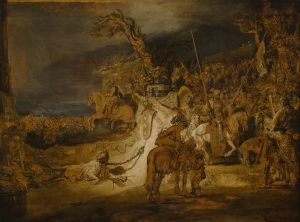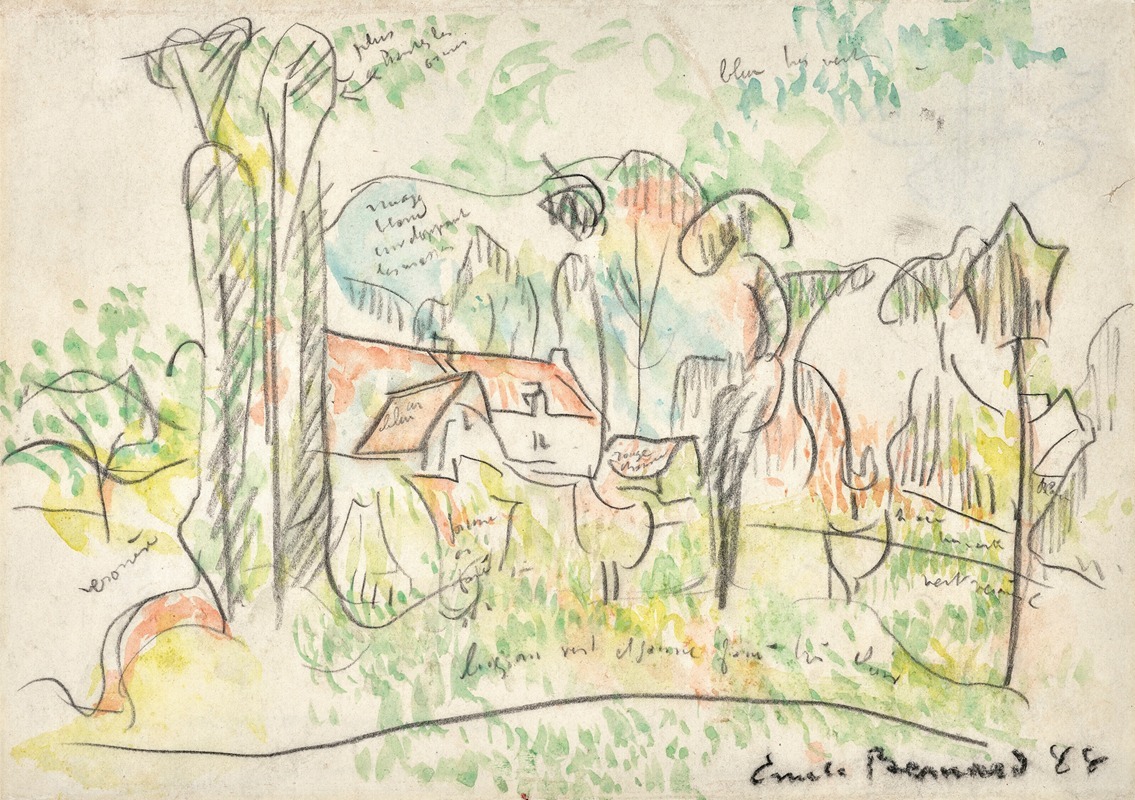
Paysage
A hand-painted replica of Emile Bernard’s masterpiece Paysage, meticulously crafted by professional artists to capture the true essence of the original. Each piece is created with museum-quality canvas and rare mineral pigments, carefully painted by experienced artists with delicate brushstrokes and rich, layered colors to perfectly recreate the texture of the original artwork. Unlike machine-printed reproductions, this hand-painted version brings the painting to life, infused with the artist’s emotions and skill in every stroke. Whether for personal collection or home decoration, it instantly elevates the artistic atmosphere of any space.
Emile Bernard was a French Post-Impressionist painter and writer, known for his significant contributions to the Symbolist movement and his close associations with other prominent artists of his time, such as Vincent van Gogh, Paul Gauguin, and Paul Cézanne. One of his notable works is "Paysage," which translates to "Landscape" in English.
Emile Bernard was born in Lille, France, in 1868 and later moved to Paris, where he studied at the École des Beaux-Arts. His early work was influenced by Impressionism, but he soon developed a style that was more aligned with Symbolism and Cloisonnism, a technique characterized by bold outlines and flat areas of color, reminiscent of stained glass. Bernard's approach to painting was innovative for his time, as he sought to move away from the naturalism that dominated the art world and instead focused on the emotional and symbolic aspects of his subjects.
"Paysage" is a reflection of Bernard's mature style, which often incorporated elements of both Symbolism and Cloisonnism. The painting exemplifies his use of bold colors and strong outlines to create a sense of depth and emotion. Bernard's landscapes are known for their vibrant color palettes and the way they capture the essence of the natural world, often imbuing it with a sense of mystery and spirituality.
The painting "Paysage" is a testament to Bernard's ability to convey mood and atmosphere through his use of color and form. His landscapes often depict rural scenes, capturing the tranquility and beauty of the countryside. Bernard's work in this genre is noted for its simplicity and elegance, as well as its ability to evoke a sense of nostalgia and longing.
Throughout his career, Bernard was deeply influenced by his interactions with other artists. His friendship with Vincent van Gogh, for instance, was particularly impactful. The two exchanged ideas and techniques, and Bernard's work during this period reflects a synthesis of his own style with elements borrowed from van Gogh's expressive use of color and form. Similarly, his association with Paul Gauguin led to a mutual exchange of ideas that further enriched Bernard's artistic vision.
Bernard's contribution to the Post-Impressionist movement is significant, as he played a crucial role in the development of modern art. His innovative techniques and his emphasis on the symbolic and emotional aspects of art paved the way for future generations of artists. "Paysage" is a prime example of his artistic philosophy, showcasing his ability to blend traditional landscape painting with modernist elements.
In summary, Emile Bernard's "Paysage" is a notable work that exemplifies his unique style and his contributions to the Post-Impressionist movement. Through his use of color, form, and symbolism, Bernard was able to create landscapes that were not only visually striking but also rich in emotional and spiritual depth. His work continues to be celebrated for its innovation and its impact on the trajectory of modern art.





